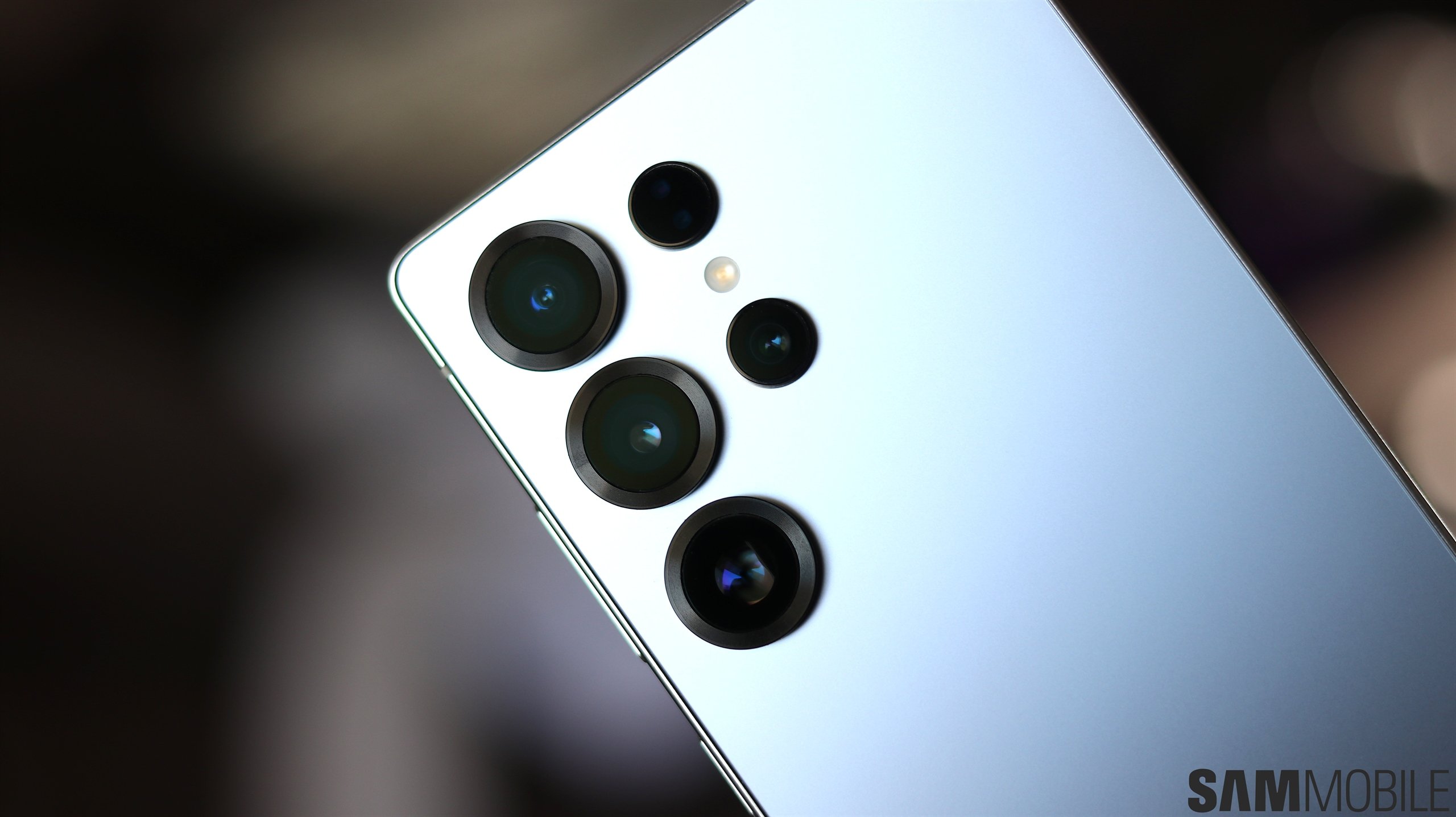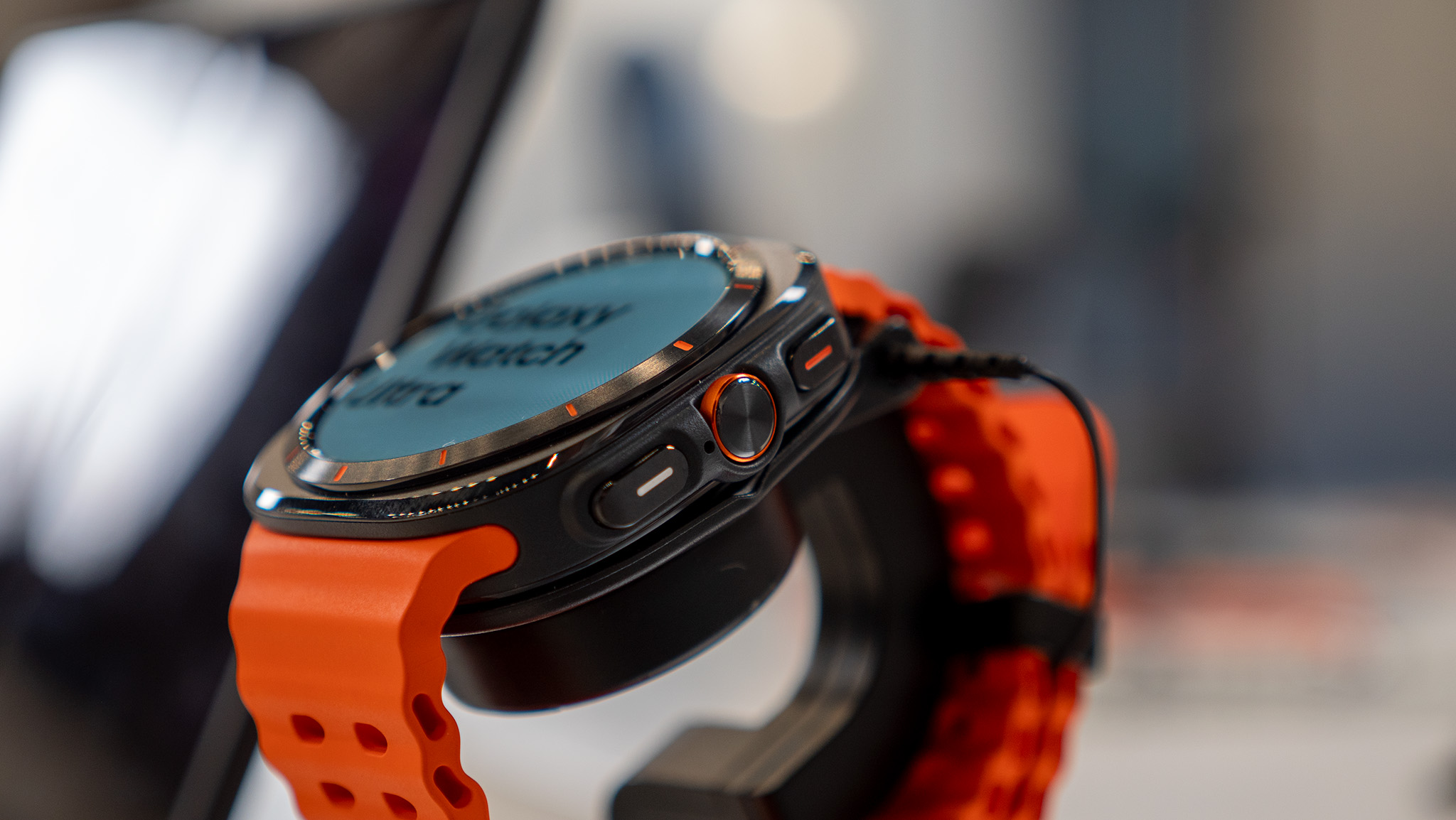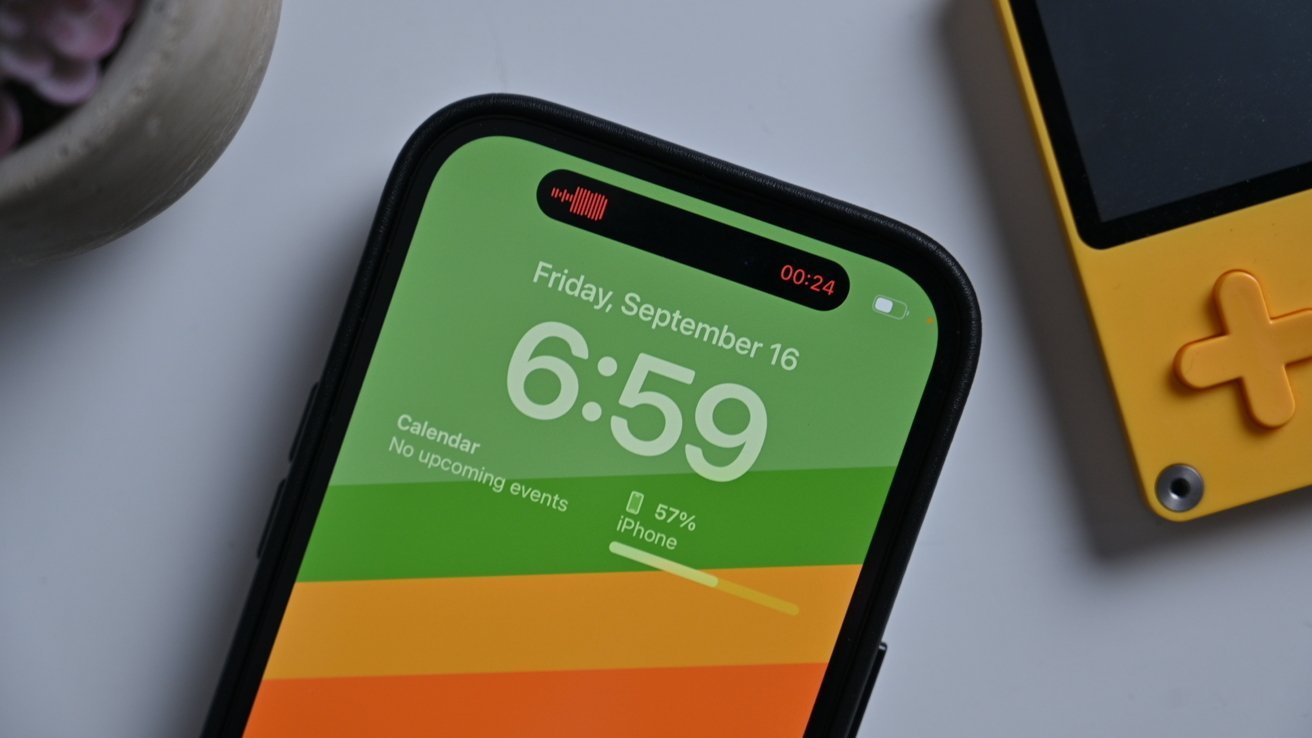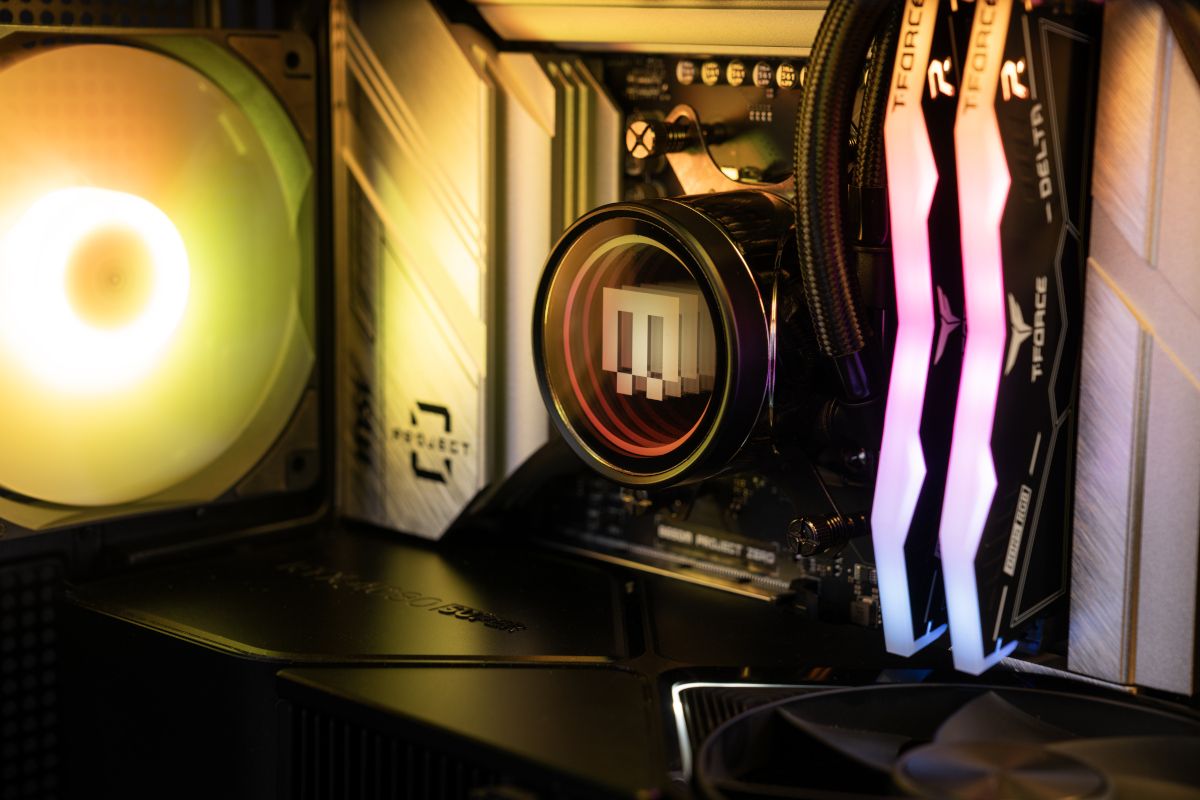Vivo’s camera department is cooking, Samsung’s just reheating
“Let him cook” is probably what some supervisor at Vivo must have said while the whole engineering team looked on in disbelief as someone from the camera team threw together a seemingly insane camera setup for the company's new X200 Ultra phone. Okay, this might have been a bit of an exaggeration, but you'll understand […] The post Vivo’s camera department is cooking, Samsung’s just reheating appeared first on SamMobile.

“Let him cook” is probably what some supervisor at Vivo must have said while the whole engineering team looked on in disbelief as someone from the camera team threw together a seemingly insane camera setup for the company's new X200 Ultra phone. Okay, this might have been a bit of an exaggeration, but you'll understand why it makes sense.
Vivo has unveiled the X200 Ultra today. It has all the flagship bells and whistles that you'd expect. There's the Snapdragon 8 Elite chipset, up to 16GB of LPDDR5X RAM and 1TB of storage, and a QHD+ resolution AMOLED display. None of that's surprising on an Android flagship phone in 2025. What's surprising, though, is the refreshing new take on the camera setup.
It has a 50-megapixel Sony LYT-818 35mm primary sensor, a 50-megapixel Sony LYT-818 ultra-wide sensor and a 200-megapixel Samsung ISOCELL HP9 telephoto sensor with 3.7x optical zoom and an optional 2.35x Zeiss converter for a maximum of up to 8.7x zoom.
Now whoever was cooking in Vivo's camera department came up with the idea that this phone could replace the DLSR for average users, the people who'd typically keep the settings wheel on auto and shoot, and not necessarily extract the full potential of their professional camera. So they created a Photographer Kit for this phone that extends the X200 Ultra's capabilities.
The kit adds a custom grip to the phone that makes it like a traditional point and shoot camera. It adds a dedicated button for video recording, a customizable settings dial, and even a shoulder stap. The kit has an extra 2,300mAh battery which supports the phone's internal 6,000mAh battery for extended content capture.
The most interesting aspect of this kit is that it has a Zeiss 2.35x telephoto converter lens that attaches to the phone's rear camera using adapters. It then extends the zoom capabilities of the 200-megapixel camera from 3.7x up to 8.7x, at an equivalent focal length of 200mm.
Vivo's latest phone seemingly outshines the Galaxy S25 Ultra, the best camera phone Samsung currently has to offer, in a few aspects. The 35mm focal length of its primary sensor is better for portraits and will create a richer depth of field. The optical zoom should also result in sharper distant shots.
It's also worth nothing that the X200 Ultra is using a Samsung sensor that the company itself chose to not use in the Galaxy S25 Ultra. The flagship's 200-megapixel sensor is the older ISOCELL HP2 while the 200-megapixel sensor that Vivo has used here for the telephoto camera is the latest ISOCELL HP9.
Samsung has reduced the pace at which it has brought major camera upgrades significantly over the past couple of years. Of the four rear camera sensors on the Galaxy S25 Ultra, only one has been upgraded, the rest are the same as they were on the Galaxy S24 Ultra. The ultra-wide went from a 12-megapixel sensor to a 50-megapixel, the primary and both telephoto sensors have remained the same.
Now the company would point to the work it's been doing on the AI and processing side to argue that big hardware revamps are not necessarily needed, but everyone else is doing that too. Vivo's stuck two dedicated camera ISP on this phone for better processing and also expanded its range of AI features.
The fact remains that over the last few years, every Galaxy S Ultra camera setup has felt like a slight remix of its predecessor. It's hard to deny now that Samsung's playing not to lose but also not to win, either. You can only apply software polish to the same old hardware so many times.
“Everything and the kitchen sink” is what we felt Samsung had thrown at the Galaxy S20 Ultra, the device that began the Ultra era. The Ultra used to be the phone you'd get when you wanted the very best of everything. It has now become predictable. Yes, it's still premium, but no longer exciting. It doesn't give tech enthusiasts something to geek out over.
It doesn't matter if the X200 Ultra outsells the Galaxy S25 Ultra, probably won't, since availability outside China will be very limited. At least it has Vivo owning the conversation, positioning it as highly innovative in stark contrast to Samsung that now appears too risk averse.
Maybe someone at Vivo wondered what a camera-first smartphone would look like and just ran with the idea. What's ironic is that this isn't an entirely new idea. Samsung's done something way back in 2013 with the Galaxy S4 Zoom, a legit point and shoot camera with a smartphone slapped on the back.
Samsung has a rich history of letting its engineers cook up wacky ideas that it brought to the market, even if for just one iteration, but it served the valuable purpose of showcasing the company's drive to keep pushing the limits. That's been the biggest casualty to Samsung's focus on optimization instead of exhilaration, and it's something that its oldest fans certainly miss.
What Vivo has done here is create a platform that lets it define what mobile photography could be. It could launch more add-on lenses that further expand the camera's capabilities. No one's mistaking it for a DSLR replacement since the sensors will always be too small to deliver similar low-light performance, but everyone who owned a digital camera back in the day doesn't own a DSLR now.
Smartphones have replaced digital cameras for good and they will remain the instrument of choice for the vast majority of people who just want to photograph their dinner, take selfies, capture some nice portraits during golden hour, etc. Vivo's speaking to their imagination and trying to deliver a new concept for mobile photography. Whether it succeeds in that is meaningless, at least it's trying.
Samsung's got to do better than just reheating the same recipe and presenting it to us with a sprinkle of AI. Find a team with wacky ideas and let them cook. What's there to lose?
The post Vivo’s camera department is cooking, Samsung’s just reheating appeared first on SamMobile.








